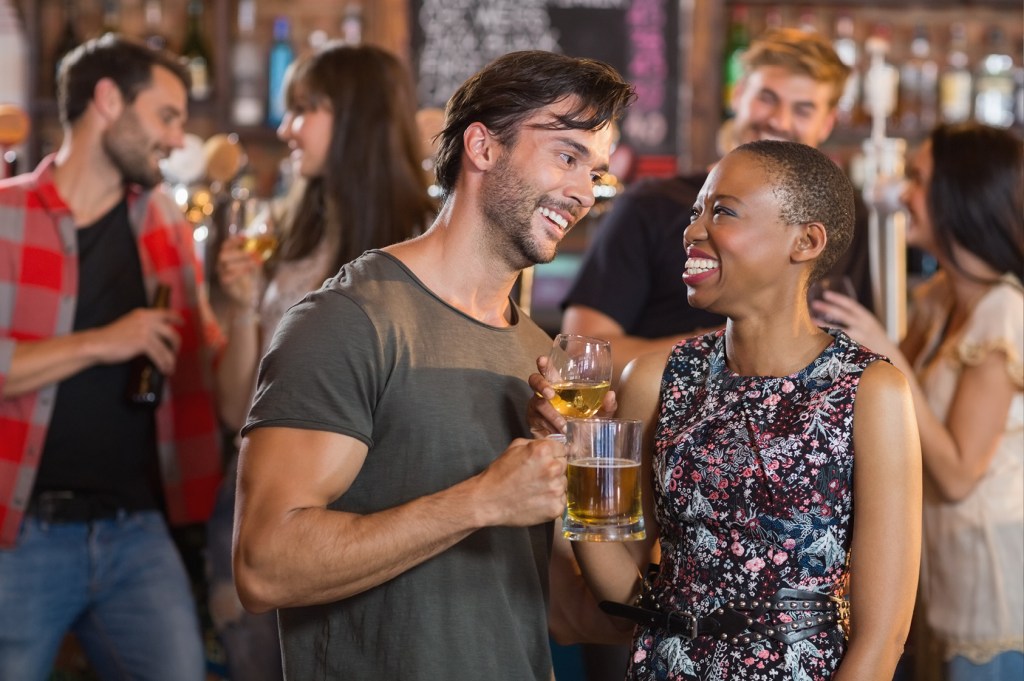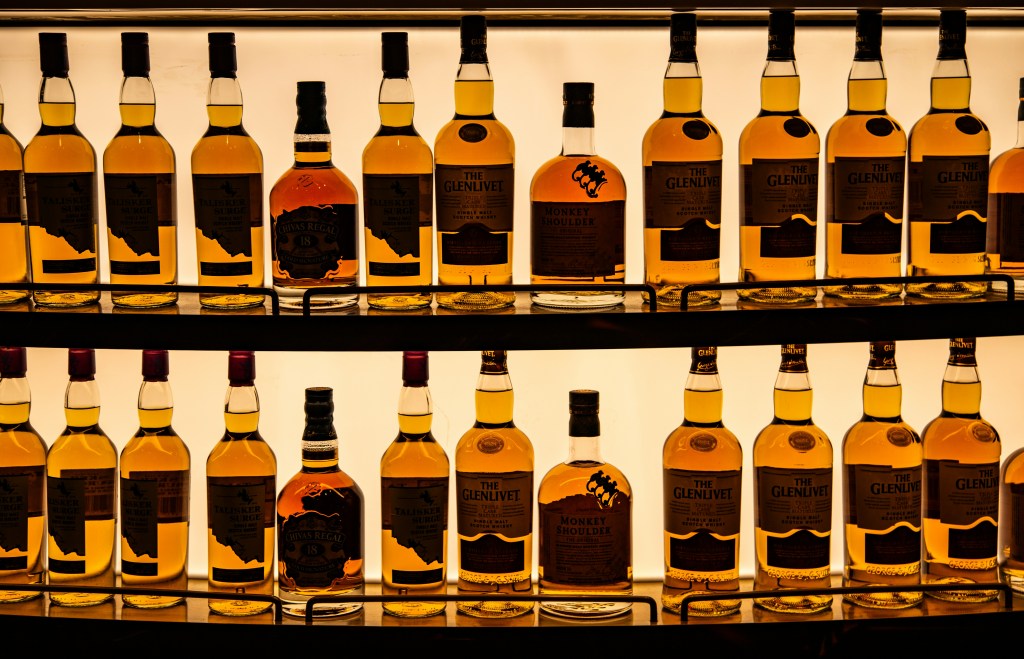The State of BevAl Holiday Shopping in 2022
The market in 2022 is rife with issues from a strained supply chain to inflation affecting every business and consumer. Unfortunately, early signs are showing some unique factors will be in play this holiday season. But, there’s still an opportunity to keep sales strong and meet consumer needs this holiday season.
Here are a few of the things that will affect holiday BevAl sales in 2022:
1. Shifting Consumer Confidence
According to NielsenIQ’s latest consumer survey, 67% of Americans think we are currently in a recession. These same consumers are tightening their belts and turning their spending to the everyday essentials. During these times, they’ll consume less, shift their spending to value retailers and brands, and buy more products on promotion. Meeting consumers where they are and helping alleviate some of these worries will play a major factor in your ability to sell this holiday season. Still, premium spirits could still see strong sales due to the emergence of new brands and “halo” products in 2022. We’ve seen steady growth among these sectors even as consumers pull back spending elsewhere.
2. The Rise in Non-alcoholic Beverages
Whether it’s a 0% ABV beer, a flavored seltzer, or another non-alcoholic drink, more consumers than ever are avoiding alcohol. NielsenIQ sales data shows that between August 2021 and August 2022, total dollar sales of non-alcoholic drinks in the US stood at $395 million. That’s a year-on-year growth of +20.6%. If your brand offers both alcoholic and non-alcoholic options, you may be able to catch some of these consumers as they shift their mindsets. But these consumers aren’t necessarily adopting total sobriety, as 82% of non-alcoholic drink buyers are also still purchasing drinks that contain alcohol. You may want to utilize some marketing to promote your low-alcohol options to these consumers who fall somewhere in the middle.
3. Rising Production Costs
Prices are increasing across every industry, and they’re being passed along to consumers. In Q3, prices in the alcohol department saw a +3% $ change in Q3. As a result, sales volume dropped because consumers are paying more for everyday essentials. This trend is unlikely to change any time soon as inflation continues to grow into Q4 and consumers are being forced to choose between getting groceries and FMCG goods or treating themselves and their families. BevAl brands that meet consumers’ tighter budgets are more likely to see traction than their more premium counterparts.
4. Online and Omnisales Continue Might Suffer
Total CPG online sales are up $21 billion over last year. With more consumers than ever adopting an omnichannel approach to shopping, using an omnichannel sales approach this season and targeting these budget-conscious consumers will be key. Consumers are also increasingly using delivery services for BevAl items or making pickup orders in conjunction with in-store shopping runs. More than one in five (22%) of shoppers now plan an in-store shopping trip combined with a prior online order. But, BevAl sales come with more legal strings attached and pure eComm purchases aren’t increasing even as omnichannel shopping still continues to grow in other industries.
5. Discounts Play a Major Factor
One big area where we could see inflation impacting holiday shopping is people focusing on cheaper alternatives. Early indicators from the October Prime Sale showed that consumers aren’t biting at smaller sales offerings. Instead, consumers prioritized smaller purchases and deals with 72% indicating they spent under $200 on a mixture of holiday gifting and everyday essentials. Hitting the sweet spot with your promotional efforts this season will be more important than ever. Balancing rising costs with consumer demand will be difficult, but BevAl brands will need to be agile.
How Emerging and Growing BevAl Brands Can Ride the Wave
Whether you’ve got distribution in just a few stores or you’re on shelves across the nation, you can use these insights for the holiday season.
The most important thing is to understand your target consumer, how they’re reacting to market shifts, and where your brand falls in their list of priorities. Staying agile and following the data will be the key to success. This may be through product innovation, offering stronger year-end discounts, or investing in specific regions or retailers.
2021 Holiday BevAl Sales Lookback
To start, let’s take a look at how the 2021 holiday season played out. Last year was somewhat of a return to form for many industries as consumers actively sought a “return to normal”. BevAl was no different as consumers helped many brands regain some of their lost sales from the COVID-era.
Here are three trends we saw in 2021:
1. Food and Beverage Sales Grew
One of the best things to happen for alcohol brands was the return of larger family gatherings. With COVID-19 restrictions lifting in most areas and many Americans getting fully vaccinated, families reunited after a lengthy separation. This meant that they spend a larger portion of their discretionary income on food and drink for everyone involved. Wine in particular saw strong growth in Q4, though still fell below previous years as consumer attitudes continued to struggle with the after-effects of the pandemic.
2. Consumer Confidence Was Rising
Another benefit for BevAl brands in 2021 was that consumer confidence was moving in the right direction. There were early signs of inflation on the horizon, but consumers were happier to spend time and money for the holiday season than they had been the previous year. Consumer confidence meant sales volumes were up even if prices were starting to go up at the same time. Though not at the level we saw a few years ago, the 2021 holiday was stronger for BevAl brands than most of the previous holidays.
3. Premium Brands Didn’t Grow As Much As Expected
Traditionally, the holiday season is a time for many consumers to “trade up”. That is, they buy more expensive alcohol for their gatherings. Wine brands in particular tend to see this trend every holiday season. But, 2021 was not the same. Even though consumer confidence was on the way up, consumers were still fairly budget-conscious by the holidays. This meant the majority of sales went to more budget-friendly options and brands that consumers were more likely to buy at other times of the year. Additionally, consumers actively began pursuing BevAl brands that were more aligned with their changing views on social responsibility and environmental issues. Brands that could meet these changing needs saw stronger growth than their more-traditional counterparts.

NIQ Insights Can Make All the Difference This Holiday Season
Understanding consumers, sales trends, growth opportunities, and future demand all rely on accessing accurate, current data and insights. NielsenIQ provides access to the essential data that BevAl brands need to successfully react to these shifting tides and build expansion strategies. Current retail measurement data shows how comparable products perform in various retail channels, helping you target the right retailers and distributors.
Think NielsenIQ retailer data is beyond your reach? Think again.
Talk to our experts about new options custom-built for emerging and growing brands alike. Don’t miss out on crafting a powerful retail-driven expansion strategy!




